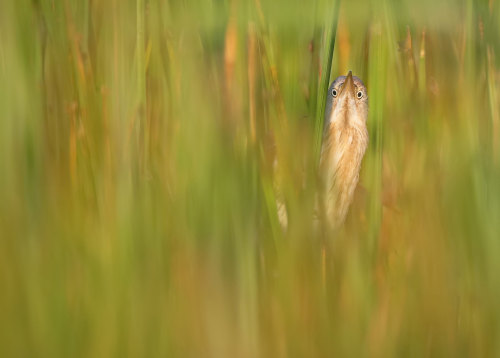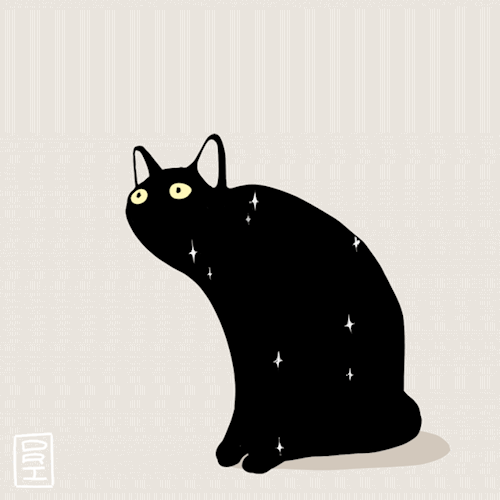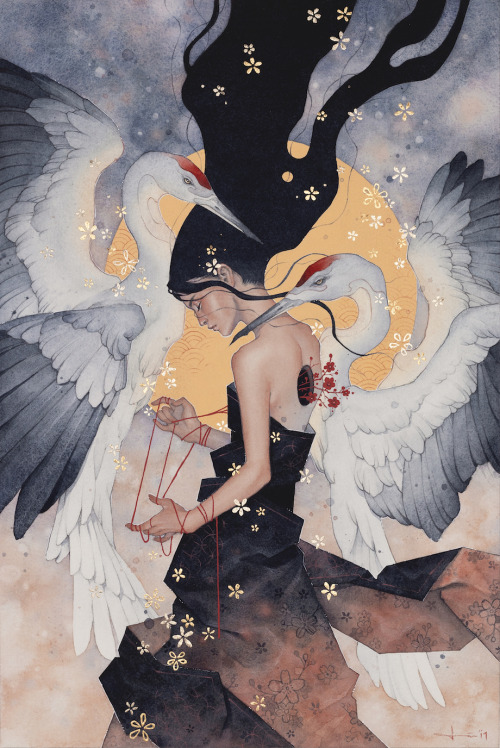Me When I Detect Food
Me when I detect food

Least Bittern,
@madmaenad
More Posts from Mystarypi and Others




Milky Way at Dawesville, Western Australia
Nikon d5500 - 85mm - ISO 3200 - f/2.5 - Foreground: 18 x 30 seconds - Sky: 61 x 30 seconds - iOptron SkyTracker





L I Q U I D S
★Insp★

This is the Cat’s Paw Nebula! 🐾🐾🐾
This nebula is glowing due to the interactions between its hot stars and large molecules known as polycyclic aromatic hydrocarbons. This makes it particularly bright in the infrared and a common target for astrophotography in the Milky Way galaxy! 🔭🔭🔭
Taken by me (Michelle Park) using the Slooh Chile Two telescope on March 7th, 2021 at 6:38 UTC.

2020 November 22
Dark Molecular Cloud Barnard 68 Image Credit: FORS Team, 8.2-meter VLT Antu, ESO
Explanation: Where did all the stars go? What used to be considered a hole in the sky is now known to astronomers as a dark molecular cloud. Here, a high concentration of dust and molecular gas absorb practically all the visible light emitted from background stars. The eerily dark surroundings help make the interiors of molecular clouds some of the coldest and most isolated places in the universe. One of the most notable of these dark absorption nebulae is a cloud toward the constellation Ophiuchus known as Barnard 68, pictured here. That no stars are visible in the center indicates that Barnard 68 is relatively nearby, with measurements placing it about 500 light-years away and half a light-year across. It is not known exactly how molecular clouds like Barnard 68 form, but it is known that these clouds are themselves likely places for new stars to form. In fact, Barnard 68 itself has been found likely to collapse and form a new star system. It is possible to look right through the cloud in infrared light.
∞ Source: apod.nasa.gov/apod/ap201122.html

The Weaver
prints | tutorials


the pixel art //// the sticker follow me on twitter / instagram / patreon / shop / leave a tip


late night study vibes ✦
w/ music
my shop
-
 vinceaddams liked this · 2 months ago
vinceaddams liked this · 2 months ago -
 tzq reblogged this · 7 months ago
tzq reblogged this · 7 months ago -
 madgrlsluvsong reblogged this · 7 months ago
madgrlsluvsong reblogged this · 7 months ago -
 cattusinhortum reblogged this · 1 year ago
cattusinhortum reblogged this · 1 year ago -
 rembrandtswife reblogged this · 1 year ago
rembrandtswife reblogged this · 1 year ago -
 fish-ears liked this · 1 year ago
fish-ears liked this · 1 year ago -
 sawvidae reblogged this · 1 year ago
sawvidae reblogged this · 1 year ago -
 technicolorcrows reblogged this · 1 year ago
technicolorcrows reblogged this · 1 year ago -
 deadindenial liked this · 1 year ago
deadindenial liked this · 1 year ago -
 airryperry liked this · 1 year ago
airryperry liked this · 1 year ago -
 henokaapa liked this · 1 year ago
henokaapa liked this · 1 year ago -
 phoenix-milan-writes liked this · 1 year ago
phoenix-milan-writes liked this · 1 year ago -
 meatweird liked this · 1 year ago
meatweird liked this · 1 year ago -
 somnisnake liked this · 1 year ago
somnisnake liked this · 1 year ago -
 drangknight liked this · 1 year ago
drangknight liked this · 1 year ago -
 sourdoughvodka liked this · 1 year ago
sourdoughvodka liked this · 1 year ago -
 cozyboiii liked this · 1 year ago
cozyboiii liked this · 1 year ago -
 pixel-budgie liked this · 1 year ago
pixel-budgie liked this · 1 year ago -
 acek20 reblogged this · 1 year ago
acek20 reblogged this · 1 year ago -
 acek20 liked this · 1 year ago
acek20 liked this · 1 year ago -
 mind-if-i-scream reblogged this · 1 year ago
mind-if-i-scream reblogged this · 1 year ago -
 aeyriabird reblogged this · 1 year ago
aeyriabird reblogged this · 1 year ago -
 vaithne reblogged this · 1 year ago
vaithne reblogged this · 1 year ago -
 feather-dancer liked this · 1 year ago
feather-dancer liked this · 1 year ago -
 diveintothetrashpile reblogged this · 1 year ago
diveintothetrashpile reblogged this · 1 year ago -
 marshyoftheblobs liked this · 1 year ago
marshyoftheblobs liked this · 1 year ago -
 misevolimo reblogged this · 1 year ago
misevolimo reblogged this · 1 year ago -
 alter1412 reblogged this · 1 year ago
alter1412 reblogged this · 1 year ago -
 alter1412 liked this · 1 year ago
alter1412 liked this · 1 year ago -
 kittythaljsstuff liked this · 1 year ago
kittythaljsstuff liked this · 1 year ago -
 krazyjoe liked this · 1 year ago
krazyjoe liked this · 1 year ago -
 sparkly-heretic liked this · 1 year ago
sparkly-heretic liked this · 1 year ago -
 ucbronzewing reblogged this · 1 year ago
ucbronzewing reblogged this · 1 year ago -
 birbsbooty reblogged this · 1 year ago
birbsbooty reblogged this · 1 year ago -
 nature4life liked this · 1 year ago
nature4life liked this · 1 year ago -
 brokenbuttbones liked this · 1 year ago
brokenbuttbones liked this · 1 year ago -
 the-yoyo-man reblogged this · 1 year ago
the-yoyo-man reblogged this · 1 year ago -
 the-yoyo-man liked this · 1 year ago
the-yoyo-man liked this · 1 year ago -
 malevolent-deity reblogged this · 1 year ago
malevolent-deity reblogged this · 1 year ago -
 malevolent-deity liked this · 1 year ago
malevolent-deity liked this · 1 year ago -
 aeyriabird liked this · 1 year ago
aeyriabird liked this · 1 year ago -
 sumikatt reblogged this · 1 year ago
sumikatt reblogged this · 1 year ago -
 lewisiopsis reblogged this · 1 year ago
lewisiopsis reblogged this · 1 year ago -
 long-term-possibility liked this · 1 year ago
long-term-possibility liked this · 1 year ago -
 hickorybird liked this · 1 year ago
hickorybird liked this · 1 year ago -
 goetic-justice liked this · 1 year ago
goetic-justice liked this · 1 year ago -
 idontevenknow-ace reblogged this · 1 year ago
idontevenknow-ace reblogged this · 1 year ago -
 mind-if-i-scream reblogged this · 1 year ago
mind-if-i-scream reblogged this · 1 year ago -
 milliegriffin liked this · 1 year ago
milliegriffin liked this · 1 year ago
